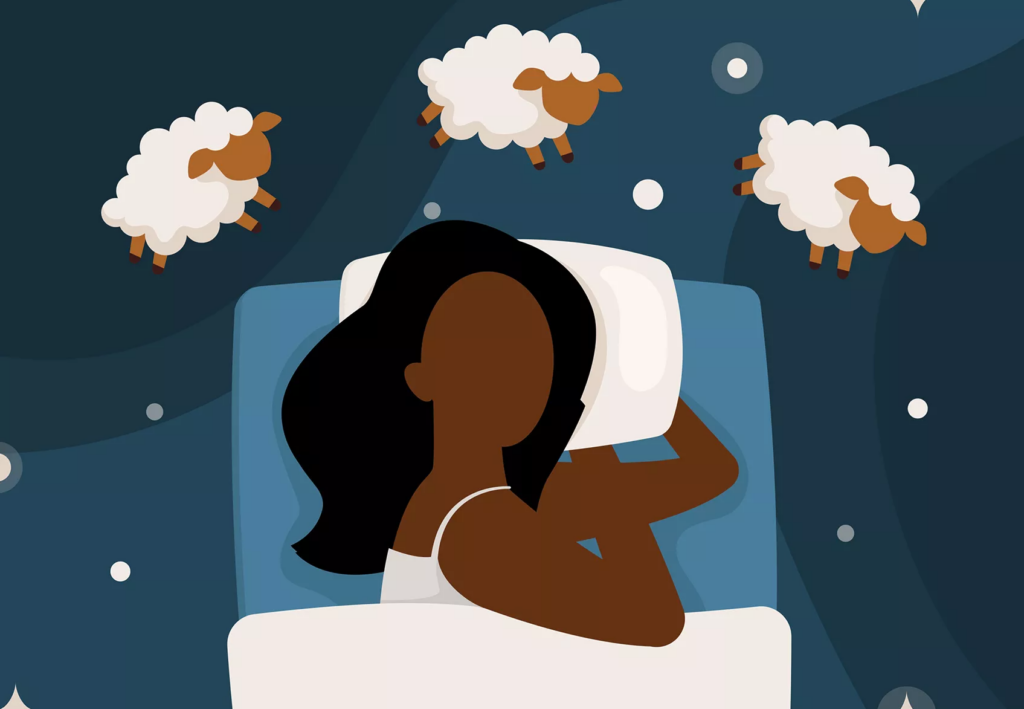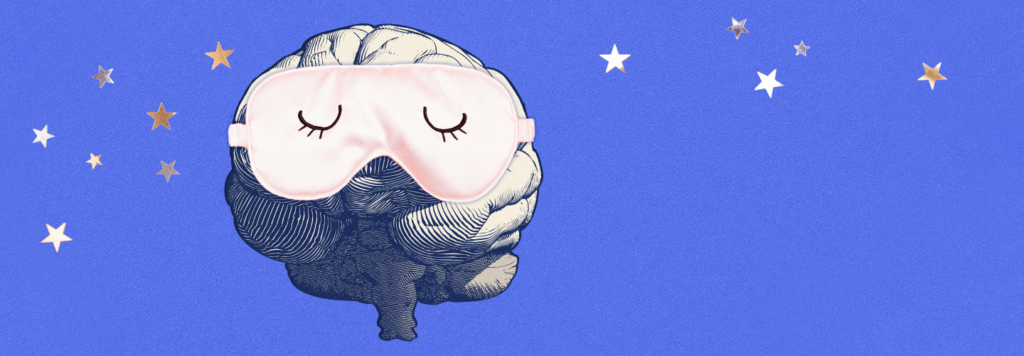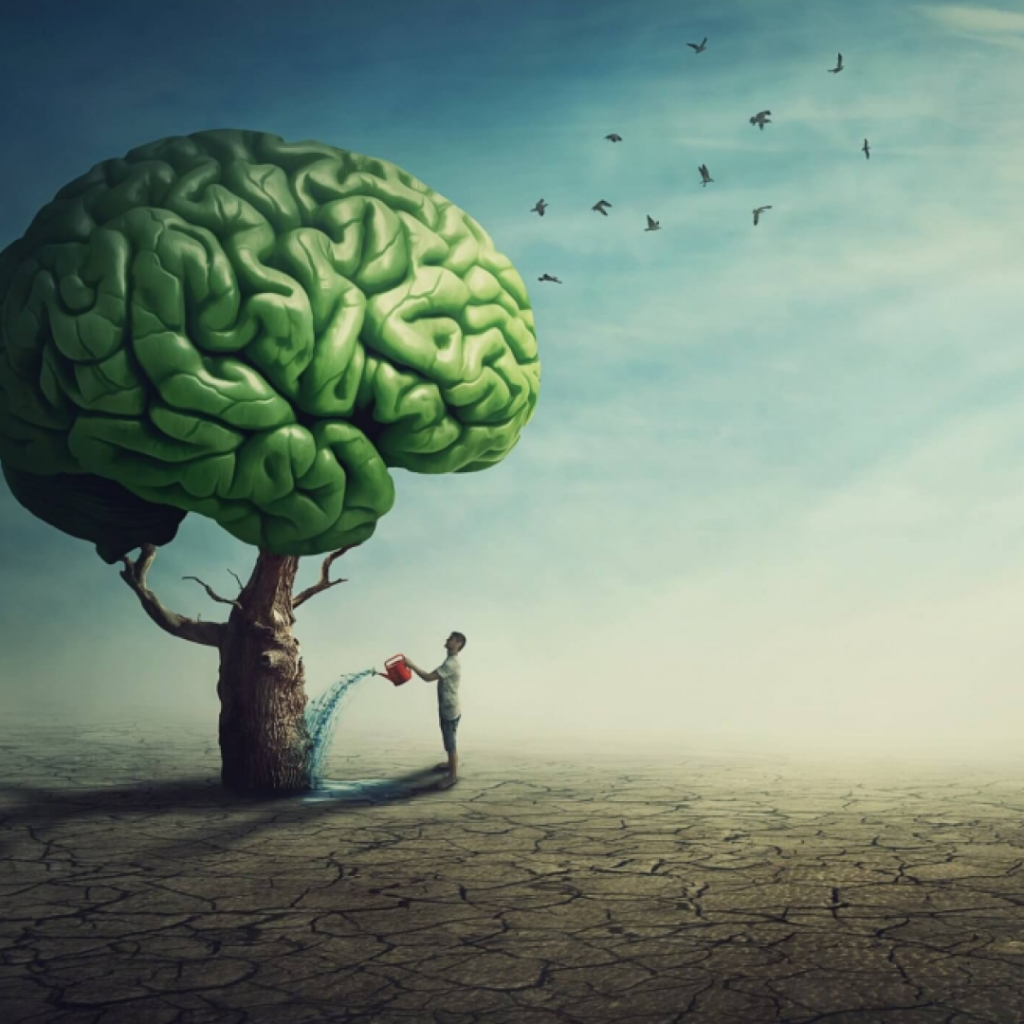Summarized Feedback:
• Missing Content: The target audience is unclear in the learning context section, and the “Effects of Technology on Sleep” content is missing.
• Clarity & Structure: The landing page subtopics could be indented, and the “Sleep Hygiene” activity needs clearer instructions on when reflection occurs.
• Submission Process: Instructions for pre-assessments, learning activities, and the REM Cycles PowerPoint assignment are unclear—clarify where and how students submit work.
• Assessment & Engagement: The formative assessment structure should better align with learning outcomes. The discussion forum prompts could be more structured.
• Sleep-tracking assignments: Should have a more consistent format (consider adding a template).
• Accessibility & Readability: Add alt text for images, simplify grading rubrics for small assignments, and provide more expression options for the summative assessment. Improve website readability by using keyword-based links instead of full URLs.
• Technical Issues: Fix the missing “First, read this page…” link and ensure the first three subtopics are accessible from the overview page.
• Technology Use: Ensure AI-generated images align with educational goals and consider including the prompt used in attributions.
• Citations: The description of Inquiry-Based Learning may need a citation.
Incorporated Feedback and Why:
• Clarity & Structure: We ensured that the subtopics were accessible from the overview page. We agree that this may be an easier navigation tool for learners, especially since they don’t need to jump through different pages to find the desired subtopic.
• Sleep-tracking assignments: Included this into the sub-topic “Improving Sleep Hygiene” a formatted chart to track sleep and record the feedback. This was a good suggestion as it allowed for a more structured understanding of how the tracking would affect one’s sleep hygiene.
• Citations: Added a citation for description of Inquiry-Based Learning, this was a helpful suggestion that strengthens the learning and ensures factual information was recorded.
- Submission Process: We added further descriptions for submission of pre-assessments and learning activities within the subtopics, specifically aiming to clarify that these activities are to be submitted either through blog posts to the site or through email. We also tried to clarify whether or not instructor feedback was applicable and how the learners would receive it through our course site or by email.
- Accessibility and Readability: The percentage’s were slightly revised to reflect the marks out of ten given to the formative assessments, with the summative accumulating thirty marks. The discussion forum was changed as a separate marking for participation, rather than being apart of the formative assessments. We also added brief, more descriptive captions under videos that did not have one, giving those with any issues to accessibility more visual clarification on the links being provided.
Not Incorporated Feedback and Why:
• Missing Content: We did not feel that stating an age group was relevant, we did however, orient the blog around high school students, we believe the tone and content reflections this decision. We did not need to fix “missing content” for The Effects of Technology on Sleep, as we found this was not missing.
• Technical Issues: There was a misunderstanding of what we meant by “first read this page”, the suggestion was to fill in a missing link to that page, however, it was meant as “this page is the first page you must read”, not that their is an additional page that we will link you
• Technology Use: The AI tools used were for image generation and so we did not need to be more careful about the AI tools used.
- Assessment and Engagement: We felt that the assessment structure was already catered to the learning outcomes. The explanation of how the assessments fit within our design inquiry fits within the realm of how our assessments cater to the learning outcomes, which comply with the design inquiry used to define this project. The discussion forum is designed to incorporate the flow of student ideas and feedback into the site, and therefore does not require strict prompts or harsh grading.




